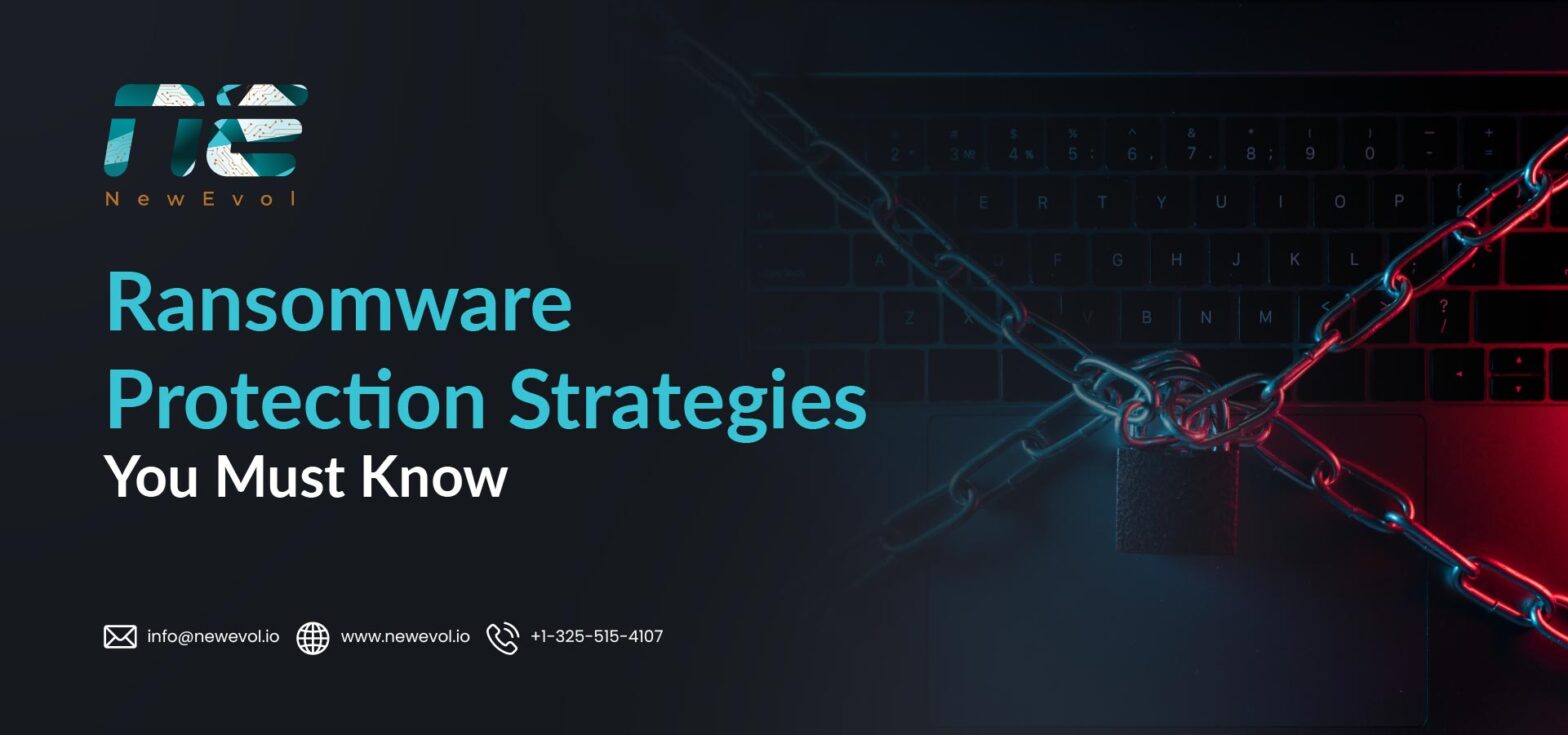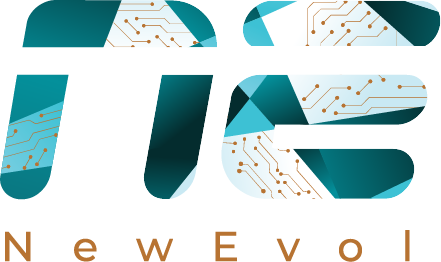Ransomware Protection Strategies You Must Know

Ransomware continues to be one of the biggest cyber threats in the United States, targeting businesses of all sizes—from healthcare and finance to manufacturing and government. In recent years, attacks have become more aggressive, with cybercriminals not only encrypting data but also stealing and threatening to leak it. For U.S. organizations, the stakes are higher than ever: downtime, financial loss, reputational damage, and regulatory penalties can hit hard.
That’s why having strong ransomware protection strategies is no longer optional—it’s a must. In this blog, we’ll explore practical steps and proven strategies every organization should know to defend against ransomware in 2026 and beyond.
Why Ransomware is Still a Growing Concern in 2026
Ransomware has been around for years, but it’s not going away—in fact, it’s getting more dangerous. In 2026, attackers are using smarter techniques, targeting cloud environments, critical infrastructure, and even supply chains. Instead of just locking files, many groups now steal sensitive data and threaten to leak it, making the pressure on victims even greater.
Another reason ransomware remains a top concern in the U.S. is the high financial impact. Average ransom demands have crossed millions of dollars, and recovery costs are often much higher than the ransom itself. Add to this the risk of compliance violations, lawsuits, and loss of customer trust, and the damage goes far beyond IT systems.
What makes it even more challenging is that ransomware is no longer limited to large enterprises—small and mid-sized businesses are frequent targets too, since they often lack the resources to respond quickly. This mix of evolving tactics, higher stakes, and broader targeting is why ransomware continues to be one of the most pressing cybersecurity issues in 2026.
Key Ransomware Protection Strategies You Must Know
Protecting your organization from ransomware requires a layered approach, combining technology, processes, and employee awareness. Here are the most effective strategies every U.S. business should implement:
1. Regular Backups & Recovery Testing
Keeping secure backups is the first line of defense. Maintain encrypted backups both offline and in the cloud, and make sure to test recovery processes frequently. A reliable backup can mean the difference between a minor disruption and a full-scale crisis.
2. Endpoint Detection & Response (EDR)
Ransomware often enters through endpoints like laptops, desktops, or mobile devices. An EDR solution monitors for suspicious activity and can contain threats before they spread across your network, minimizing potential damage.
3. Network Segmentation & Zero Trust
Segmenting your network prevents ransomware from moving laterally across systems. Coupled with a zero-trust model, where users only have access to what they need, you reduce the risk of widespread infection.
4. Patch & Vulnerability Management
Many ransomware attacks exploit unpatched software or known vulnerabilities. Keep systems updated and automate patching wherever possible to close loopholes before attackers can exploit them.
5. Email & Phishing Defense
Ransomware frequently starts with phishing emails. Deploy advanced email security, sandboxing, and employee awareness programs to identify and block malicious messages before they reach inboxes.
6. Security Monitoring & Threat Intelligence
Real-time monitoring is essential for spotting anomalies quickly. Integrate threat intelligence feeds and automated responses to detect ransomware patterns early, giving your security team the edge to prevent an attack.
The Role of Automation in Stopping Ransomware
Ransomware spreads fast, and manual response is often too slow to stop it. That’s where automation becomes critical. By automating detection, containment, and response, organizations can reduce response times from hours to minutes or even seconds minimizing potential damage.
Automation can help in several ways:
- Instant Threat Containment: Automatically isolate infected machines or block malicious IPs as soon as suspicious behavior is detected.
- Faster Incident Response: Orchestrated workflows ensure that alerts trigger predefined actions without waiting for human intervention.
- Consistent Security Operations: Automation reduces the chance of errors or missed steps in complex response processes.
- Integration Across Tools: SIEM, SOAR, EDR, and firewall systems can work together seamlessly, giving teams full visibility and control.
How NewEvol Helps You Stay Protected
NewEvol empowers organizations to defend against ransomware with a layered, automated approach that combines visibility, detection, and rapid response:
- SIEM for Real-Time Detection: Continuously monitors networks, endpoints, and cloud environments to identify suspicious behavior before it escalates.
- SOAR for Automated Response: Orchestrates workflows that isolate threats, block malicious activity, and alert security teams instantly.
- Endpoint & Cloud Integration: Works seamlessly with EDR, firewalls, and cloud platforms to cover every entry point ransomware might exploit.
- Threat Intelligence & Analytics: Leverages global threat feeds and predictive analytics to anticipate ransomware trends and stop attacks early.
- Compliance & Reporting: Simplifies audits and ensures adherence to HIPAA, HITECH, GDPR, and other industry regulations.
Final Thoughts
Ransomware isn’t slowing down… it’s smarter, faster, and more damaging than ever. The best defense is a proactive, layered approach: secure backups, strong endpoint protection, phishing awareness, and automated response.
With NewEvol, organizations don’t just react—they detect threats in real time, respond instantly, and stay ahead of attacks. Investing in the right tools and strategies today means less downtime, lower financial loss, and stronger overall cybersecurity tomorrow.
Ransomware won’t wait, why should you?
FAQs
1. Which is the most effective strategy for protecting against ransomware attacks?
A layered approach combining regular backups, endpoint protection, phishing defense, and automated response is the most effective.
2. What is the 3-2-1 rule of ransomware defense?
Keep 3 copies of your data, on 2 different media types, with 1 copy stored offsite or offline to ensure recovery if attacked.
3. What are the 5 stages of a ransomware attack?
Here are they:
- Initial Access – Phishing or exploit entry
- Execution – Malware runs on the system
- Propagation – Spreads across the network
- Encryption & Data Theft – Files locked and/or stolen
- Extortion & Ransom Demand – Attackers demand payment
4. What is the best ransomware protection?
A combination of automated monitoring, threat intelligence, endpoint security, regular backups, and user awareness training provides the strongest defense.

